World Ocean Day and the rich marine biodiversity in Chile
By: Chile Travel - 28 August, 2021
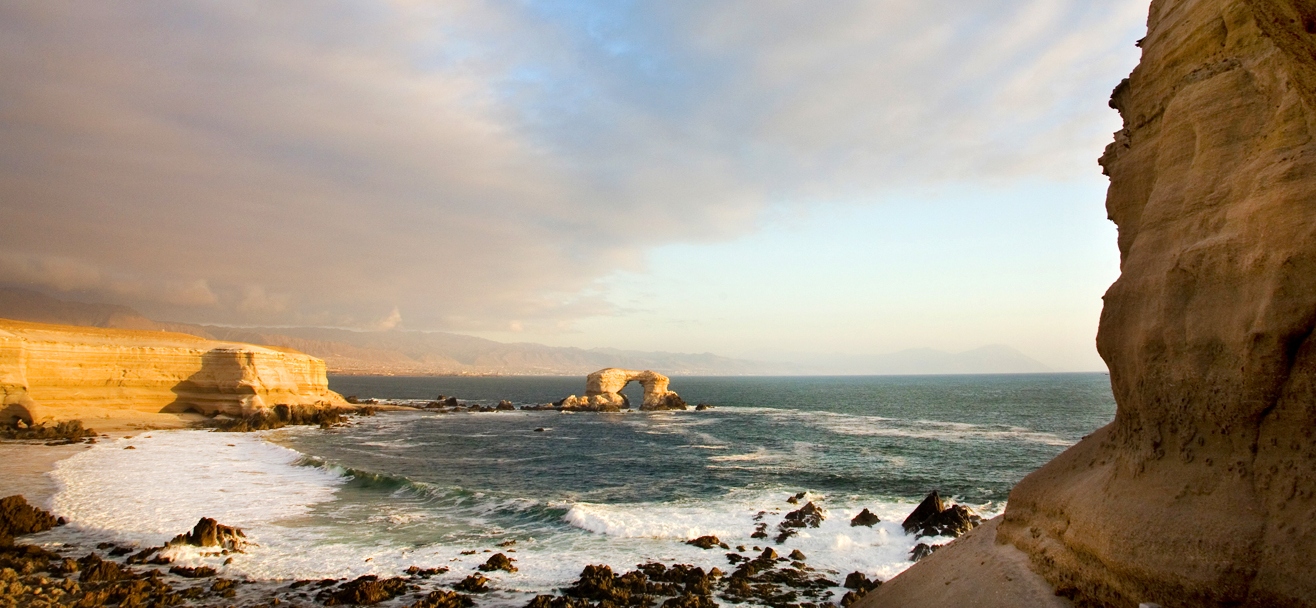
World Ocean Day is an excellent motive to celebrate the beauty, richness, relevance and potential of the Chilean Sea. Day by day, the world is becoming conscience of and respecting the natural environment.
So, on June 8th the idea is to mobilize everyone to increase the sustainable management of the oceans and reflect about the consequences of human activity on their well-being.
Oceans play a fundamental role in our lives. They are the lungs of the Earth since they generate the majority of the oxygen that we breathe. They regulate the climate, feed millions of people, are home to a great variety of living creatures and give us medicines and countless resources.
With more than 4.000 kms of coastline, Chile has become the leader in marine conservation on this side of the planet in favor of the importance of its rich and varied natural places.
And even in the face of the troubling environmental deterioration, Chile posses the largest marine park of the South Pacific. This means that certain marine areas are protected and, according to their relevance and pertinence, different types of protection are provided.
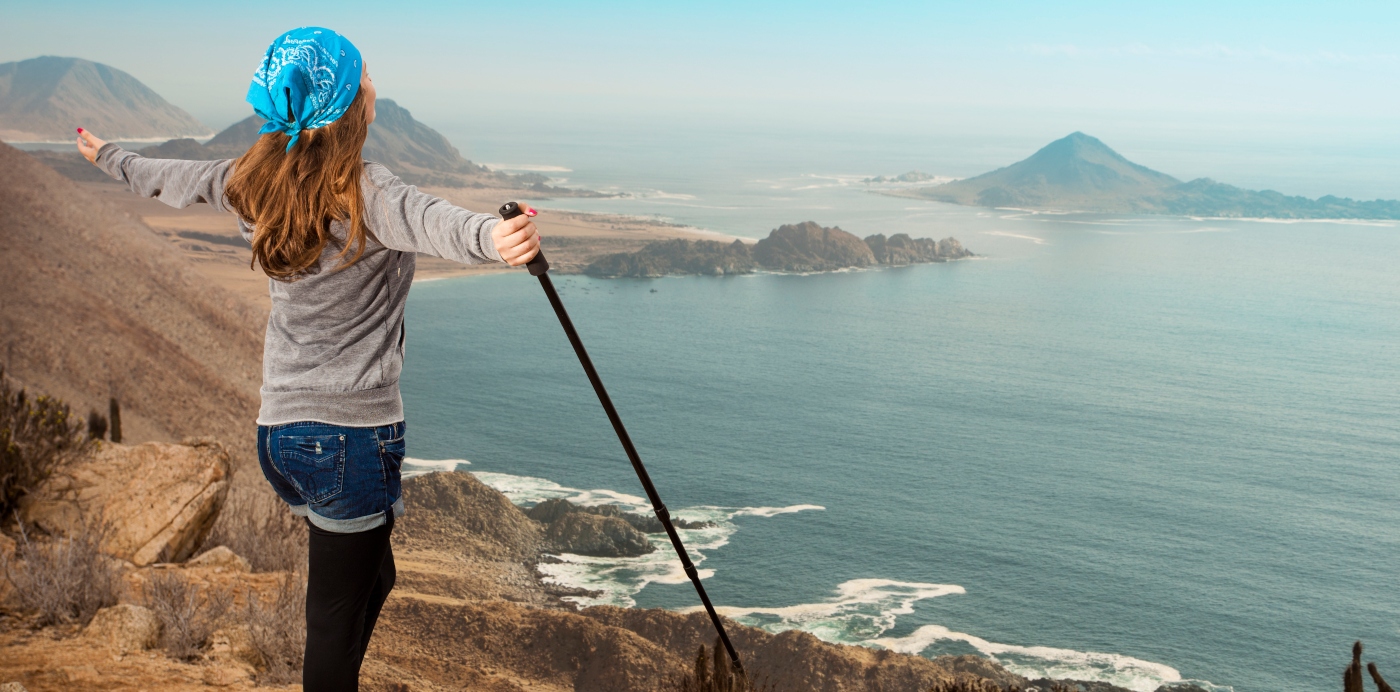
WHAT DOES IT MEAN TO BE A PROTECTED AREA?
A protected area is a clearly defined geographic space, recognized, dedicated and managed through legal and other means to obtain long-term conservation of nature, ecosystems and associated cultural value.
The principal objective is to protect unique ecosystems of high endemism, that is to say species that are only present in those natural spaces, and in particular the area of the underwater mountains, and to make compatible conservation efforts in the ecosystems through the use of fishing, for example.
In Chile, the areas of important marine biology are impressive and extend from the north to the south of the country.
MARINE RESERVES
When designing a Marine Reserve, the marine resources of the area are protected with the objective of creating and/or protecting reproductive areas for certain con species, and the repopulation and monitoring of fishing grounds.
The extraction of resources from the Reserves can only be carried out for transitory periods, and in Chile, they are authorized through a resolution of the Sub Secretary of Fishing in previously determined sectors.
ISLA CHAÑARAL, ISLA CHOROS AND ISLA DAMAS
In the north of Chile the islands of Chañaral, Choros and Damas, located 100 kms. from La Serena, have been consolidated as a historic center of underwater life. Thanks to the Humbolt current, that emerges from the depths with an immense quantity of nutrients, there’s a true underwater paradise exists in this area.
Due to the existence of endemic and/or endangered species on these islands, it was necessary to take specific measures to reserve, conserve and assure the preservation of the biodiversity of the area.
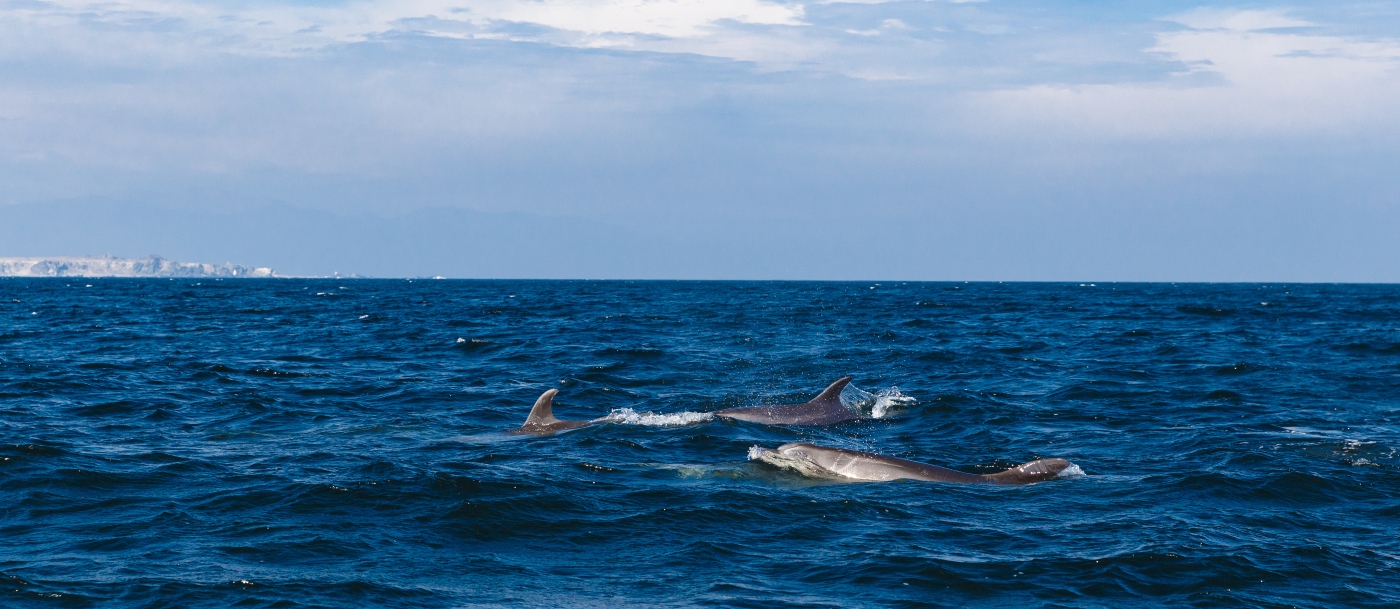
Likewise, the islands of Chañaral, Choros and Damas form part of the Humboldt National Penguin Reserve since1880. Therefore, its basic objective is to offer protection to the fauna of the area that brings so many scientists as well as tourists.
Some of the measures established by the Chilean government for the protection of the ocean are: navigate up to a certain distance from the islands with boats that have motors with noise reduction systems and propellers that avoid damages to marine fauna.
In addition, Chañaral Island has limited boating traffic. Only 12 boats that have passed a rigorous inspection and meet the standards of the preservation of the island’s biodiversity can sail.
Like Choros Island, Chañaral Island prohibits foot traffic. However, boats are allowed to get close to the Lighthouse on Chañaral Island, and passengers can delight in an unforgettable diving experience in the deep waters to see the coral formations.
One is permitted to disembark on Damas Island since there are trained personnel to care for the visitors. From here one can get close to the penguin colony that occupy the area.
The town of Chañaral de Aceituno located in nearby, is known world wide for whale watching. Here it’s possible to see numerous species of cetaceans, dolphins, otters and, of course, penguins. Being there to see with one’s own eyes is a dream come true!

BAHÍA MARINA – LA RINCONADA
Close to Antofagasta sits the lonely Caleta Vieja, an extensive costal region, with near virgin beaches and a penetrating sun. The Rinconada Marine Reserve is found here which protects the northern scallop del (Argopecten purpuratus) that represents an important source of income for the country.
This reserve one of the most important in the country, for its size as well as its genetic diversity. Here the measures established are fundamental for the conservation and protection of its ecosystem.
CHILEAN MARINE PARKS
All of the Marine Parks in Chile are vigorously managed. There are strict rules which include that the areas be closed to any activity except those authorized with the purpose of observation, investigation or scientific study.
All activities conducted in the Marine Parks must avoid the destruction or alteration of the habitat; such is the case in the following splendid places in Chile:
CABO DE HORNOS MARINE PARK
The land and sea area south of Tierra del Fuego represents a biogeographic landmark for the planet. Its area totals140,000 km2 for the preservation of the marine ecosystems of the canals and fiords.
In 2005, it was declared a Biosphere Reserve by UNESCO with the objective to conserve, promote sustainable development and support the logistics for research, monitoring, education and demonstration.
It’s the southernmost Reserve in the world and is recognized as one of the 24 most pristine eco-regions on Earth. Thanks to the norms, and above all to the exemplary efforts of its inhabitants, the non-fragmented, sub-Antarctic forests constitute one of the few insular groups that actually remain free of human impact.
At the marine biodiversity level, the feeding and reproduction areas of two species of albatross and two species of penguin are protected. In addition, feeding and migration areas of marine mammals, kelp forests (marine algae) a costal eco system are also protected.
ARCHIPIÉLAGO JUAN FERNÁNDEZ
This place, unique in the world, is famous for its incredible marine biodiversity, but above all for the community that has known how to live in harmony in the environment that surrounds it.
The Parque Marino Archipiélago de Juan Fernández includes an area that is home to great underwater mounts, and deep-water biodiversity seen nowhere else on the planet, as fragile and vulnerable as it is beautiful.
Nearly 130 species recognized as in need of conservation live here, among them is the southern blue fin tuna which is on the critical list of pending extinction, the mako shark and the leatherback turtle, both vulnerable. Also included is the threatened blue shark.
In order to get an idea of the importance of the size of the environmental projects described, there are more than 400,000 km2 of protected ocean just taking into account the last two Nature Marine Parks detailed above.
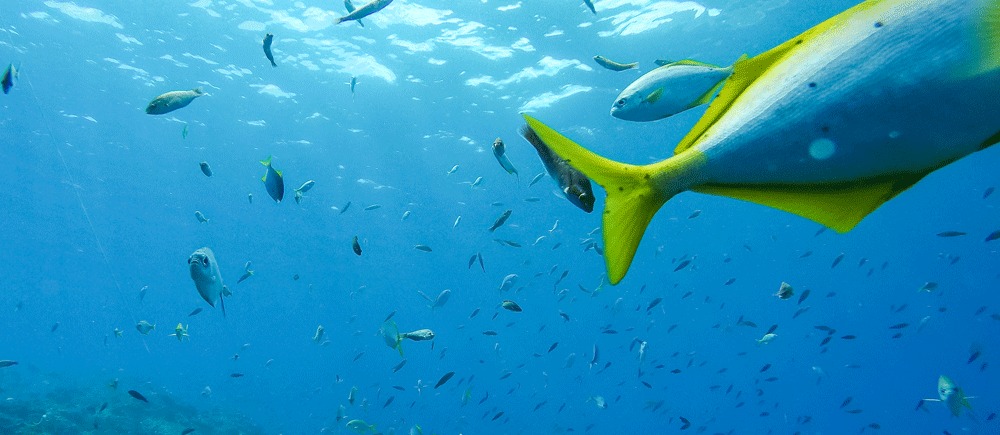
SAN FELIX AND SAN AMBRIOSO ISLANDS
San Felix and San Ambrosio are islands that form part of the remote and unexplored Desventuradas Islands. Located 927 kms off the continent, in front of Port Chañaral, these lands form the Nazca-Desventuradas Marine Park, which is, not only the largest Marine Park in Chile, it is the largest in the Southern Pacific Ocean.
SALAS AND GÓMEZ ISLANDS
Close to these uninhabited islands, 391 kms. North east of Rapa Nui, one finds the Motu Motiro Hiva Marine Park. Declared a protected area in 2010, these remote islands are at the frontier with Polynesia and have special notoriety due to the urgency of caring for the biosphere that surrounds it.
From an ecological point of view, these areas that now benefit from legal protection, accumulate exceptional richness and diversity, in addition to forming nature’s southern most protected area of the American continent.
With and area of more than 150,000 km2, this Marine Park constitutes 4% of the Chilean sea, and thanks to its far away location, it has incurred almost no human intervention, therefore its eco system is practically intact.
UNDERWATER PARKS
These are specific and limited areas of the ocean destined to the preservation of ecological organisms of scientific interest. Thus, the maintenance of hydro-biological species diversity is assured, as will as all other organisms associated with its habitat.
RAPA NUI
Although Chile has around 5,919 islands, Rapa Nui is the most iconic. Its enchanting and natural beauty leaves no one indifferent, especially on World Ocean Day.
In addition to being a place of interest for tourists due to its culture and traditions, the Island also represents an important center of scientific study that cares for and protects the ocean.
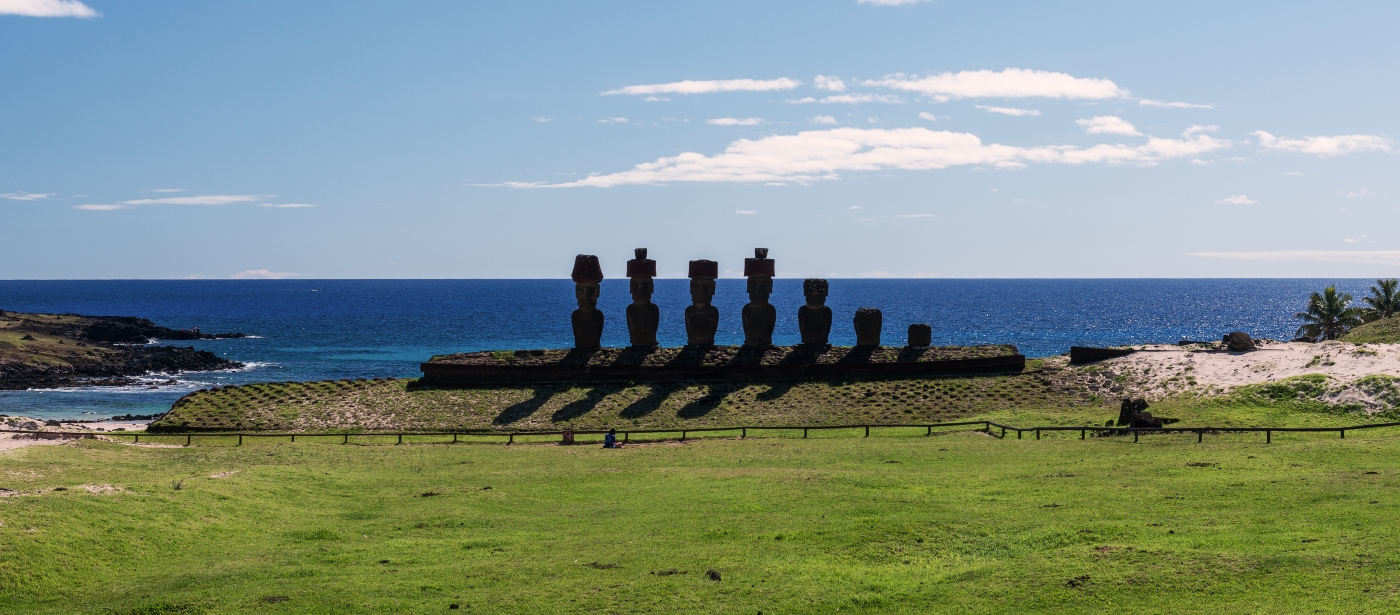
A Protected Coastal Marine Area of Multiplethe Island possesses an eco-system unique in the world, very different from that of the continental coast due to the tropical characteristics, its waters are warm and low in nutrients. This makes them extremely susceptible and in need of care.
So the designated ocean and costal areas protected are Coral Nui Nui, Motu Tautara and Ranga Oteo where industrial fishing and underwater mining are prohibited as recognized threats to biodiversity.
Therefore, the only fishing allowed is that which has been done for hundreds of years by the native people in boats that aren’t longer than 12 meters and using sustainable processes that respect the natural equilibrium. They are at one with the natural environment!
It is hoped that in the next few years Chile will posses nearly 1,600,000 km2 of protected territory. This challenge in response to the evidence that indicates the great influence that the Marine Reserves have for the rest of the planet and maintains the hope that it’s possible to preserve a vital and unique environment.
[youtube v=”4VcPdUyGPHA”]


















